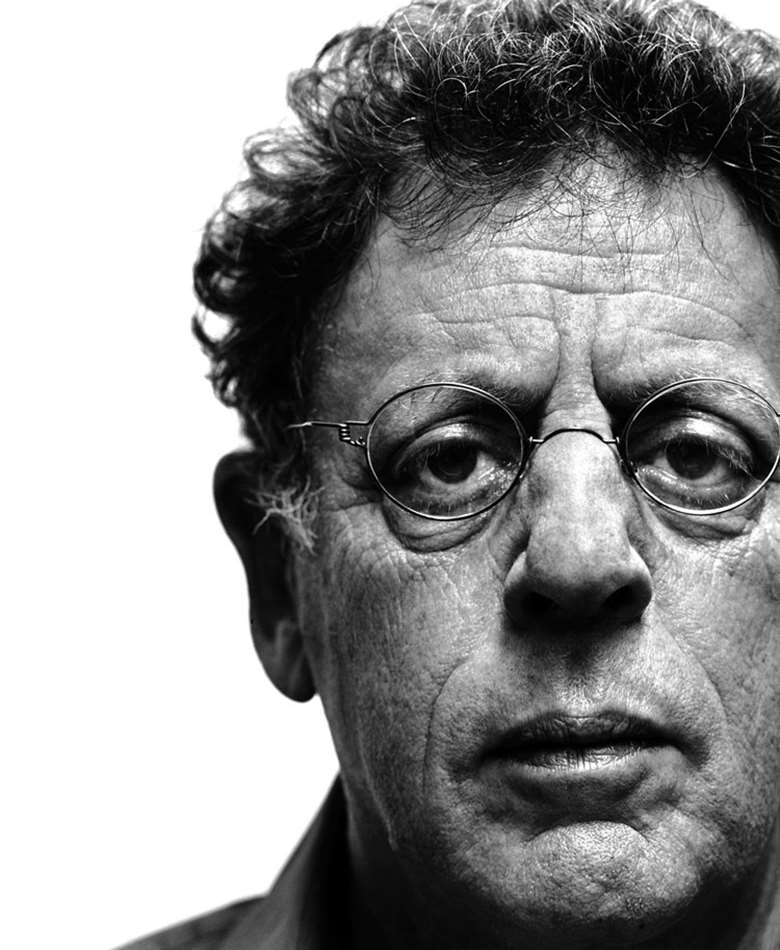Contemporary composer: Philip Glass
Pwyll ap Siôn
Monday, January 30, 2017
Pwyll ap Siôn on a composer whose huge influence extends from the concert hall to the movie theatre and opera house

Register now to continue reading
Thanks for exploring the Gramophone website. Sign up for a free account today to enjoy the following benefits:
- Free access to 3 subscriber-only articles per month
- Unlimited access to our news, podcasts and awards pages
- Free weekly email newsletter








